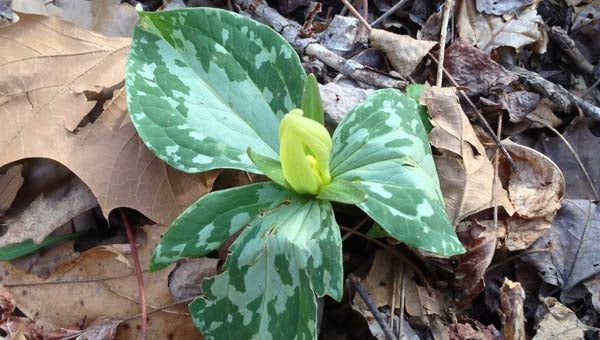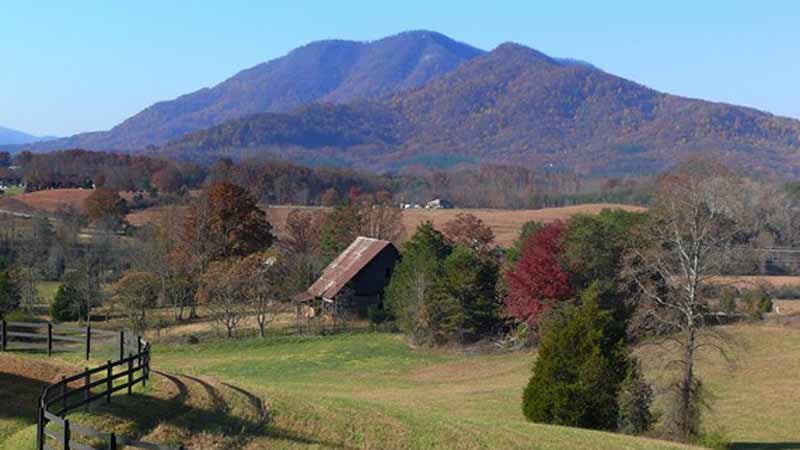Polk County’s Most Wanted—Plant
Published 10:00 pm Tuesday, February 24, 2015
In a joint effort to expand the knowledge and understanding of the flora and fauna of Polk County, the Pacolet Area Conservancy (PAC) and botanist, David Campbell need your help in locating this month’s “Polk County’s Most Wanted-Plant,” the uncommon, yellow-flowered Sweet Betsy Trillium (Trilllium cuneatum).
This edition of “Polk County’s Most Wanted” highlights a group of our loveliest spring wildflowers, the Trilliums; specifically, those Trilliums that are sessile and with yellow flowers.
Trilliums are well-known denizens of our spring woodlands and are referred to by botanists as ‘Ephemerals’ due to their relatively brief period of flowering. Spring Ephemerals grow and flower rapidly in late winter or early spring in response to increasing temperatures and longer periods of daylight.
It is the strategy of these species to make maximum growth before the trees in the canopy leaf out, reducing the amount of sunlight that is available to plants on the forest floor. It is a good strategy, as the incredible abundance of the Ephemerals demonstrates.
Broadly speaking, Trilliums may be divided into two groups: those species that have flowers with stalks (the pedicellate species), and those that do not have flowering stalks (the sessile species).
There are a great many species of both groups of Trillium in the southeast, with the pedicellate species dominating in Polk County.
The taxonomy (classification) of the sessile species can be problematic, and there is not always universal agreement among botanists concerning the number of species in this group, as differences may be slight.
In our area, the most common sessile species is ‘Sweet Betsy’ or ‘Stinking Betsy’ (Trillium cuneatum). The common names are a reference to the floral aroma, considered sweet by some or offensive by others. The color of the petals is typically a deep burgundy or maroon with other rare variants being known, such as yellow or greenish yellow.
Yellow-flowered forms are not common and we are asking readers to contact PAC if they have seen any such plants in our area. David Campbell has seen yellow-flowered (Trillium cuneatum) but once in Polk County, on property owned by PAC. It was a single yellow plant growing among hundreds of the much more common maroon colored form.
Other species of yellow flowered sessile Trillium include Yellow Trillium (Trillium luteum), typically found in limestone regions, and Pale Yellow Trillium (Trillium discolor). Both of these species occur to the west of our area; with T. discolor only being found in the Savannah River drainage, as far as is known.
Differences between species are typically based on floral characters such as petal shape. Leaves are not reliable as there is great variation among pattern, shape, etc.
Search for our sessile species along floodplains and the lower slopes of rich cove forests. Keep a sharp eye out for any yellow individuals; one never knows what might be found!
If you think that you have seen yellow-flowered Sweet Betsy Trillium (Trilllium cuneatum) or know where it might be located, please contact PAC at 828-859-5060, or e-mail comments, questions, or photos to, landprotection@pacolet.org.
-Submitted by Pam Torlina



